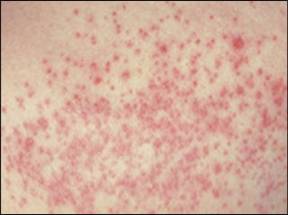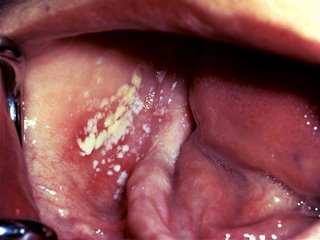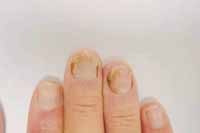Sure there are descriptions of what yeast infections look and feel like, but what exactly does thrush look like? Here are some yeast infection pictures to help you better diagnose if you do indeed have a candida outbreak.
Skin Rash: Clusters of red dots
Oral Thrush: Candida infection of the inner cheeks
Yeast Infection: Infected nails become yellow and will detach from the nail bed.
Technorati Tags: yeast infection pictures, candida albicans, thrush, yeast infection, candiasis, rash